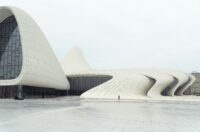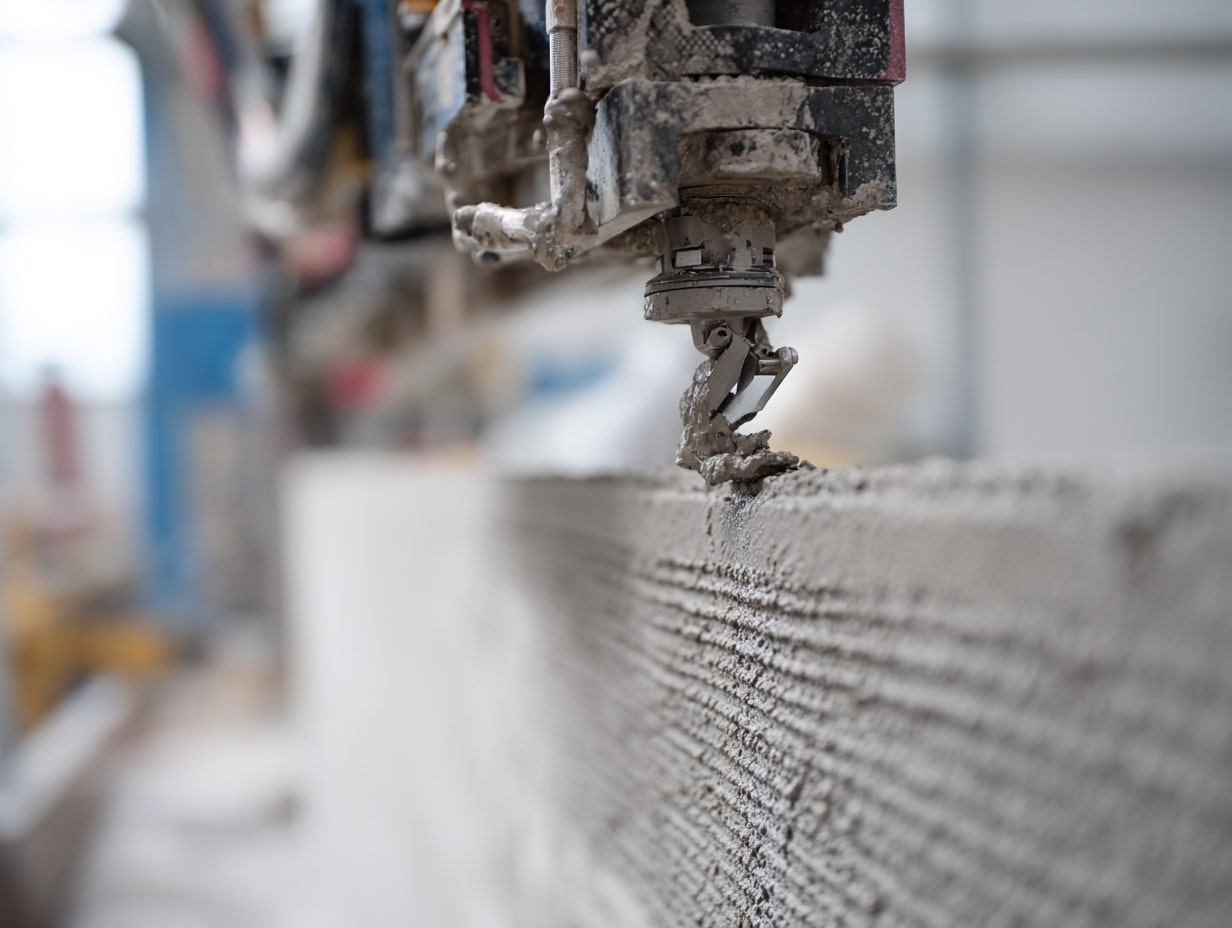- Home
- Articles
- Architectural Portfolio
- Architectral Presentation
- Inspirational Stories
- Architecture News
- Visualization
- BIM Industry
- Facade Design
- Parametric Design
- Career
- Landscape Architecture
- Construction
- Artificial Intelligence
- Sketching
- Design Softwares
- Diagrams
- Writing
- Architectural Tips
- Sustainability
- Courses
- Concept
- Technology
- History & Heritage
- Future of Architecture
- Guides & How-To
- Art & Culture
- Projects
- Interior Design
- Competitions
- Jobs
- Store
- Tools
- More
- Home
- Articles
- Architectural Portfolio
- Architectral Presentation
- Inspirational Stories
- Architecture News
- Visualization
- BIM Industry
- Facade Design
- Parametric Design
- Career
- Landscape Architecture
- Construction
- Artificial Intelligence
- Sketching
- Design Softwares
- Diagrams
- Writing
- Architectural Tips
- Sustainability
- Courses
- Concept
- Technology
- History & Heritage
- Future of Architecture
- Guides & How-To
- Art & Culture
- Projects
- Interior Design
- Competitions
- Jobs
- Store
- Tools
- More
Discover the Tallest Buildings in the World: Architectural Marvels Redefining Skylines
Discover the world’s tallest buildings, from the iconic Burj Khalifa to the innovative Shanghai Tower. Explore their groundbreaking designs, sustainable features, and cultural significance, showcasing advancements in architecture and technology that redefine city skylines and urban living.

Skyscrapers have always captured our imagination, pushing the boundaries of architecture and engineering. As cities grow vertically, these towering structures become symbols of innovation and human ambition. They don’t just define skylines; they tell stories of progress and vision.
From the glittering Burj Khalifa piercing the Dubai sky to other awe-inspiring giants around the globe, the race to build taller never seems to slow. These architectural marvels showcase the power of design and technology, offering breathtaking views and redefining what’s possible in urban landscapes. Let’s explore the tallest buildings that continue to shape our world.
Table of Contents
ToggleAn Overview Of The Tallest Buildings In The World
Tall buildings serve as architectural milestones, showcasing advancements in engineering and design. The current record-holder, the Burj Khalifa in Dubai, UAE, stands at 828 meters (2,717 feet) and includes 163 floors. Completed in 2010, it remains unparalleled in both height and global recognition.
Shanghai Tower in Shanghai, China, ranks second at 632 meters (2,073 feet) with 128 floors. Opened in 2015, it features a notable double-skin facade and the world’s fastest operational elevators, reaching speeds of 20.5 mph.
The Abraj Al-Bait Clock Tower in Mecca, Saudi Arabia, occupies third place with a height of 601 meters (1,972 feet) and 120 floors. Completed in 2012, it holds the largest clock face, visible over 16 miles away.
Other towering landmarks include the Ping An Finance Centre (599 meters), Lotte World Tower (555 meters), and One World Trade Center (541 meters). These buildings exemplify modern trends, such as sustainable design and multifunctional spaces.

Defining The Tallest: How Heights Are Measured
Measuring the height of a building depends on specific criteria established by organizations like the Council on Tall Buildings and Urban Habitat (CTBUH). These criteria ensure consistency and fairness when ranking skyscrapers globally.
- Architectural Height: We measure the architectural height from the base to the tip of the highest element of the structure, excluding antennas, signage, or flagpoles. For example, the Burj Khalifa’s height includes its spire but not its antenna.
- Highest Occupied Floor: Some rankings consider the height of the highest floor regularly used by occupants. The Shanghai Tower, for instance, benefits from this metric due to its 128th floor’s usability.
- Height to Tip: This metric includes everything from the base to the highest point of the building, whether functional or decorative. The Abraj Al-Bait Clock Tower is recognized for its tip height because of its massive clock spire.
- Roof Height: Roof measurements are less common in modern rankings since many skyscrapers include spires or ornamental features that surpass the roofline. Older criteria heavily relied on this measurement.
To maintain global standards, the CTBUH confirms designs, construction methods, and occupiable spaces before certifying measurements. This ensures that height comparisons reflect architectural intent rather than temporary or add-on components.
Top Tallest Buildings: A Closer Look
Exploring the world’s tallest buildings offers insight into architectural innovation and human ambition. These skyscrapers redefine what’s possible in terms of engineering and design, each standing as a remarkable feat of achievement.

Burj Khalifa: The Towering Giant
The Burj Khalifa in Dubai dominates the global skyline at 828 meters (2,717 feet). Hosting 163 floors, it was completed in 2010 and incorporates advanced structural systems to withstand high winds. Its unique design includes a Y-shaped base for greater stability and maximized views. Beyond its height, the Burj Khalifa houses residential apartments, offices, luxury hotels, and observation decks, attracting millions of visitors annually.
Shanghai Tower: Spiraling Into The Sky
Shanghai Tower stands 632 meters (2,073 feet) tall in Shanghai, China, with 128 floors. Its twisting design minimizes wind resistance, while its double-skin facade reduces energy consumption. Completed in 2015, the tower hosts multifunctional spaces, including office floors, a luxury hotel, and retail areas. It also features elevators reaching speeds of 20.5 meters per second, making them some of the fastest in the world.
Abraj Al-Bait Clock Tower: A Cultural Icon
The Abraj Al-Bait Clock Tower in Mecca, Saudi Arabia, reaches a height of 601 meters (1,972 feet) with 120 floors. Completed in 2012, it’s situated near the holy Masjid al-Haram and serves as a focal point for millions of pilgrims. The building includes the largest clock face globally, visible from over 16 miles away, a five-star hotel, and prayer spaces with room for thousands of worshippers.
Ping An Finance Center: Innovative Design
The Ping An Finance Center in Shenzhen, China, stands at 599 meters (1,965 feet) with 115 floors. Completed in 2017, its sleek, futuristic design is optimized for wind resistance and structural stability. It houses offices, retail areas, and conference facilities, emphasizing multifunctionality. Its use of stainless steel in the facade reflects advanced engineering techniques.
Lotte World Tower: Blending Tradition And Modernity
The Lotte World Tower in Seoul, South Korea, measures 555 meters (1,819 feet) with 123 floors. Opened in 2016, its design balances traditional Korean aesthetics with modern architecture. The tower features observation decks, shopping malls, luxury residences, and even a concert hall. Its certifications for sustainability underscore its commitment to environmentally conscious design.

Architectural Trends In The World’s Tallest Buildings
Architectural trends in the tallest buildings reflect a blend of innovation, sustainability, and technological progress. These structures symbolize more than height, showcasing adaptability to environmental concerns and advancements in engineering.
Importance Of Sustainability
Sustainability has become a fundamental aspect of modern skyscraper design. Many of the tallest buildings incorporate energy-efficient systems and eco-friendly materials to reduce their environmental footprint. For example, the Shanghai Tower features a double-skin facade that enhances insulation and reduces energy usage. Similarly, the Lotte World Tower integrates rooftop solar panels and a rainwater harvesting system. These efforts not only align with global environmental goals but also lower operational costs over time.
Green certification programs like LEED guide the incorporation of sustainable practices. Buildings such as One World Trade Center achieve high ratings by maximizing daylight, using recycled construction materials, and implementing advanced waste management systems. These trends underline the growing emphasis on creating skyscrapers that coexist with their urban and natural surroundings.
Advancements In Construction Technology
Major advancements in construction technology have redefined the design and building process of skyscrapers. Stronger materials, such as high-performance steel and reinforced concrete, enable greater height and resilience. For example, the Burj Khalifa employs a Y-shaped floor plan and a bundled tube system to efficiently distribute loads, ensuring stability even under high winds.
Innovative techniques like prefabrication and modular construction accelerate timelines without compromising quality. The Ping An Finance Center utilized cutting-edge wind tunnel analysis to optimize aerodynamics, enhancing safety and comfort within the structure. Smart technologies, including AI-powered monitoring systems, ensure real-time evaluation of structural integrity. As these technologies evolve, they open possibilities for creating taller, safer, and more efficient buildings.

The Impact Of Tall Skyscrapers On Urban Development
Skyscrapers significantly influence urban development by transforming city functionality and aesthetics. These towering structures address economic, environmental, and spatial challenges in growing metropolitan areas.
Economic Benefits
Tall skyscrapers create high-density commercial and residential spaces, maximizing land use in urban centers. They support economic growth by attracting global businesses and creating jobs during construction and operation phases. For instance, the construction of the Burj Khalifa generated thousands of jobs and significantly boosted Dubai’s tourism and real estate markets. Mixed-use skyscrapers, such as Shanghai Tower, integrate offices, hotels, and retail spaces, which stimulate local economies by catering to diverse market demands.
Skyscrapers contribute to increased tax revenues for cities by elevating property values in surrounding areas. As metropolitan regions develop around iconic buildings, businesses and residents invest more in these high-value zones. Additionally, hosting international events or corporations in these buildings helps cities enhance their global economic standing.
Environmental Considerations
Tall skyscrapers incorporate sustainable practices to reduce their environmental impact, aligning with modern urban strategies. Many use advanced energy systems such as photovoltaic panels and wind turbines to decrease reliance on nonrenewable energy. For instance, the rooftop solar panels and rainwater harvesting system in the Lotte World Tower exemplify efforts to enhance resource efficiency.
Green spaces in or around these buildings help mitigate the urban heat island effect and improve air quality. Vertical gardens and green rooftops, as seen in some mixed-use skyscrapers, contribute to biodiversity in densely populated cities. Materials like recycled steel and locally-sourced components lessen the carbon footprint during construction. Features like the double-skin facade in the Shanghai Tower improve insulation, lowering heating and cooling demands while advancing eco-friendly construction approaches.
Conclusion
As we examine the tallest buildings worldwide, it’s clear that these structures represent more than just architectural achievements. They serve as symbols of human ingenuity, economic progress, and urban innovation. From the unparalleled height of the Burj Khalifa to the advanced energy efficiency of the Shanghai Tower, each skyscraper reflects a unique blend of design, technology, and sustainability.
Skyscrapers like the Abraj Al-Bait Clock Tower redefine cultural significance, while developments such as the Lotte World Tower showcase the integration of heritage with modernity. Through groundbreaking materials, prefabrication, and AI integration, these marvels shape the future of urban landscapes as cities strive for functional, aesthetic, and environmental advancements.
By exploring the transformative impact of these towering structures, we gain insight into how they influence architecture, city planning, and global economies. These buildings not only reshape skylines but also epitomize progress in addressing modern urban challenges.
- and incredible skyscraper feats
- evolution of tall buildings
- famous skyscrapers
- global cities skyline
- history of skyscrapers
- how skyscrapers are built
- iconic tall buildings
- landmark high-rise architecture
- largest skyscrapers globally
- modern architectural marvels
- record-breaking buildings
- significant modern skyscrapers
- skyline-redefining architecture
- skyscraper construction technology
- tall building design challenges
- tall building innovations
- tallest building engineering
- tallest buildings architecture
- Tallest buildings in the world
- top skyscrapers around the world
- unique skyscraper designs
- urban skyline transformation
- world's tallest skyscrapers
Submit your architectural projects
Follow these steps for submission your project. Submission FormLatest Posts
3D Printed Homes: Time, Cost, and What to Expect
3D printed homes explained: realistic timelines (24–72h walls, 8–16 weeks total), true...
How a Contact Centre Boosts Trust in Your Building Business
In construction, trust is the glue that holds projects together. Clients need...
How Real Time Parcel Geolocation Is Redefining Last Mile Efficiency for Modern Businesses
Last mile delivery has become the most critical point in the customer...
How Can Small Spaces Stay Stylish and Relaxing?
In today’s fast-paced urban lifestyle, small living spaces are becoming increasingly common....












Leave a comment